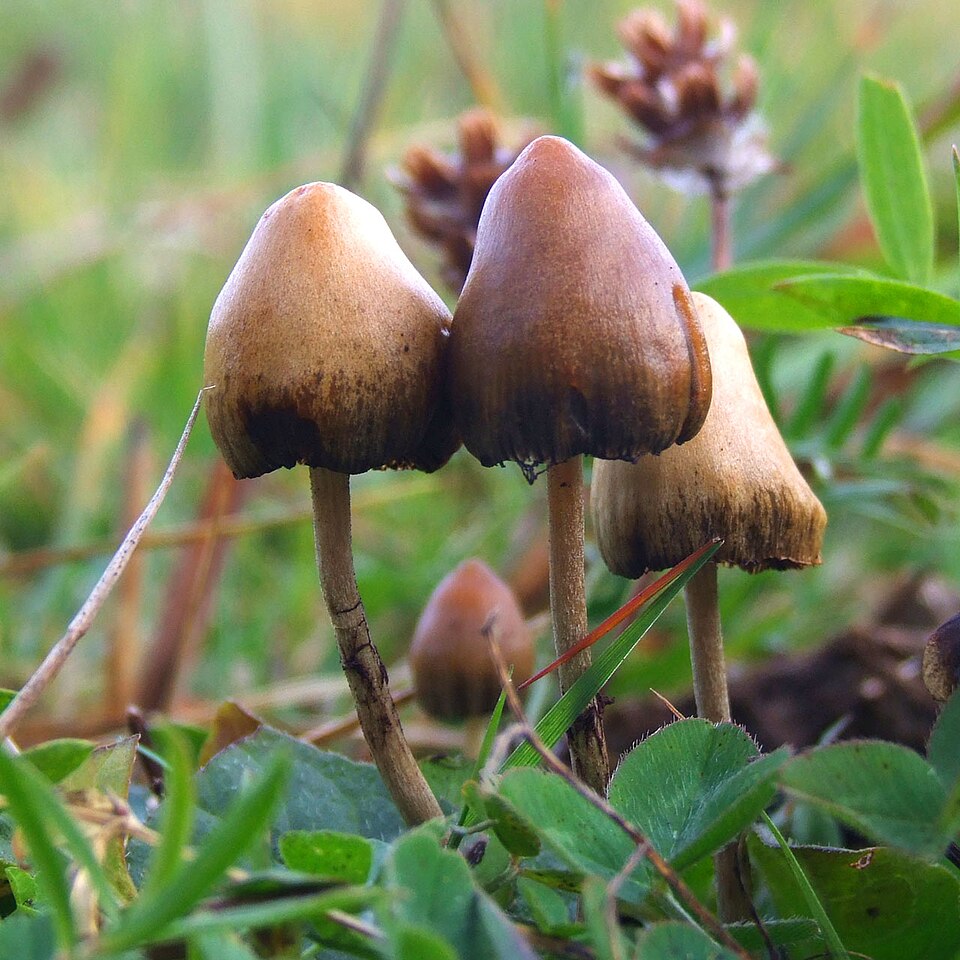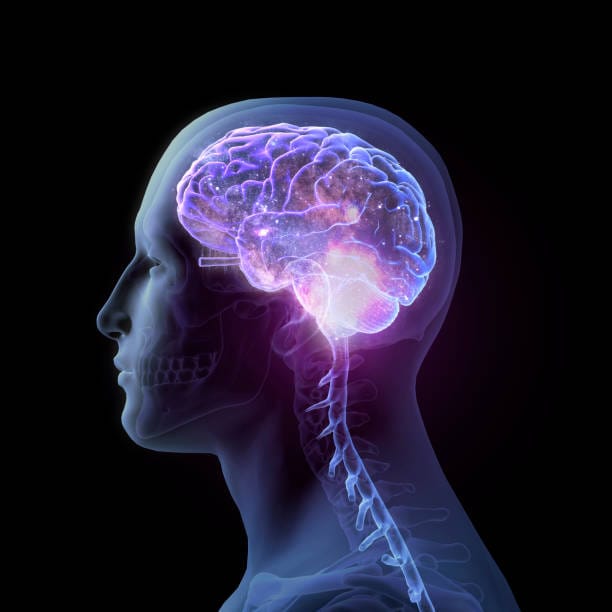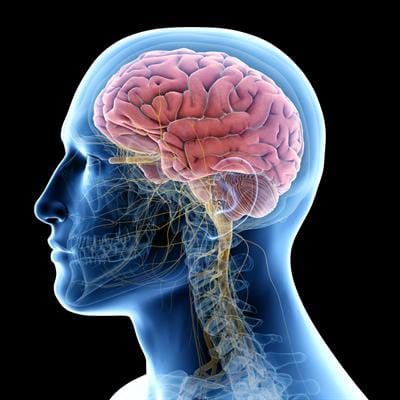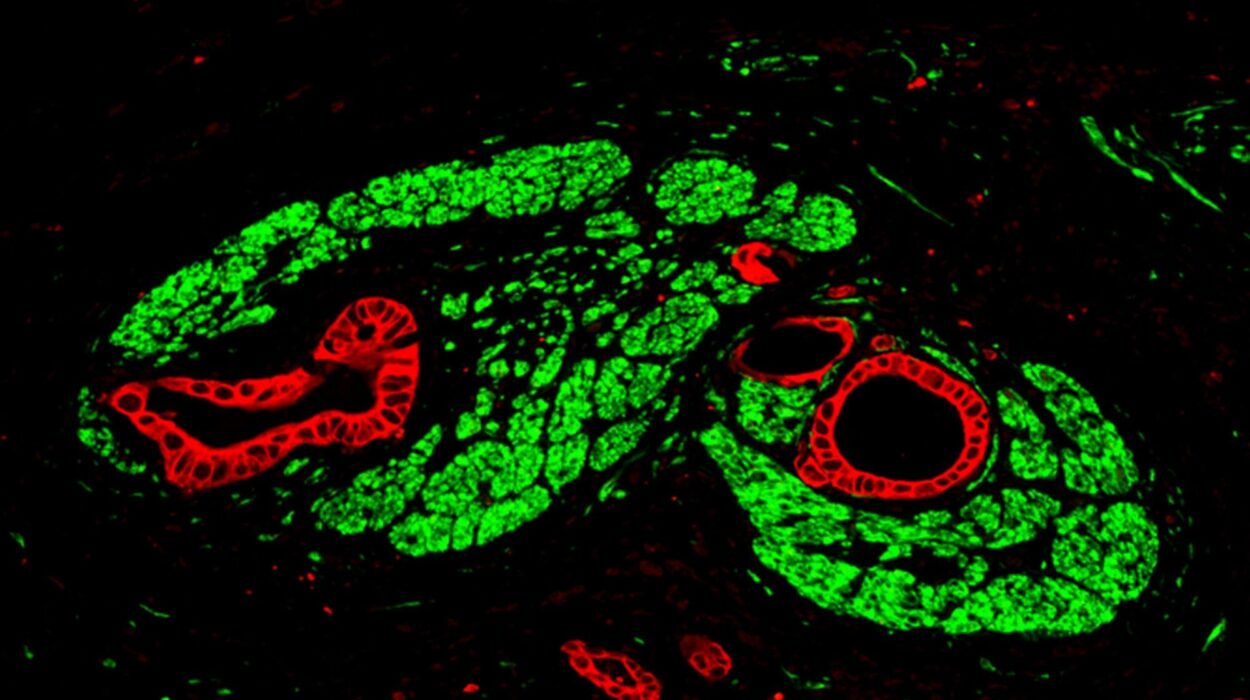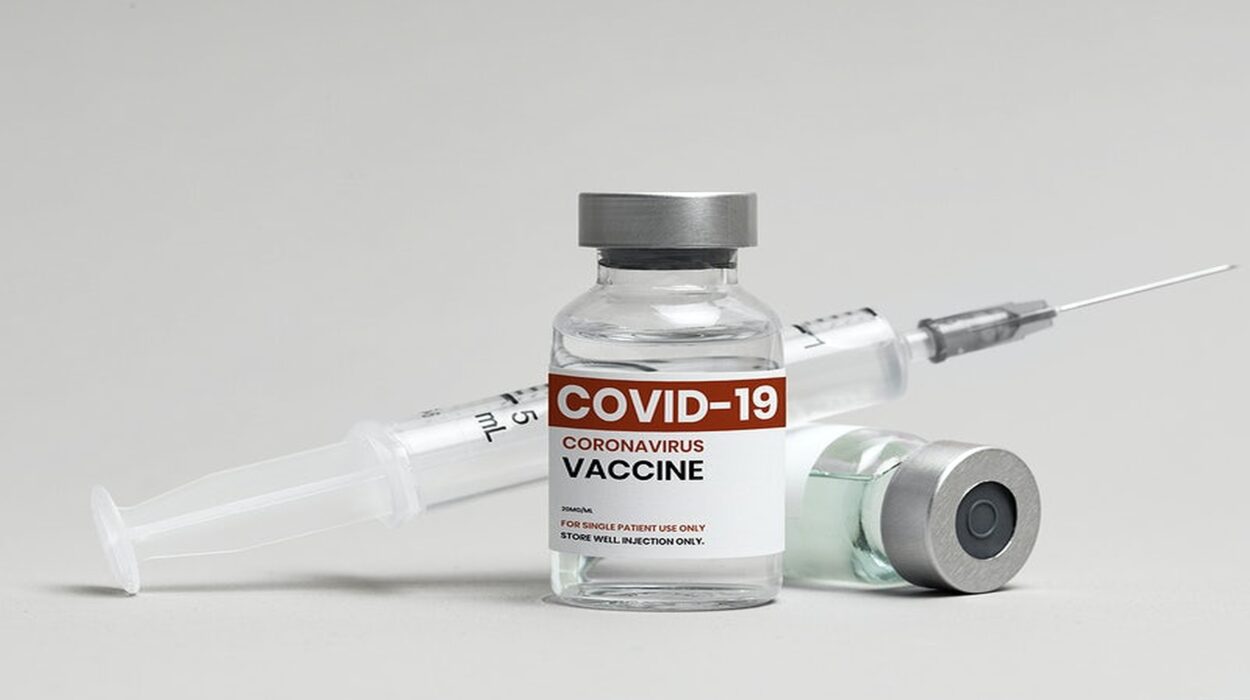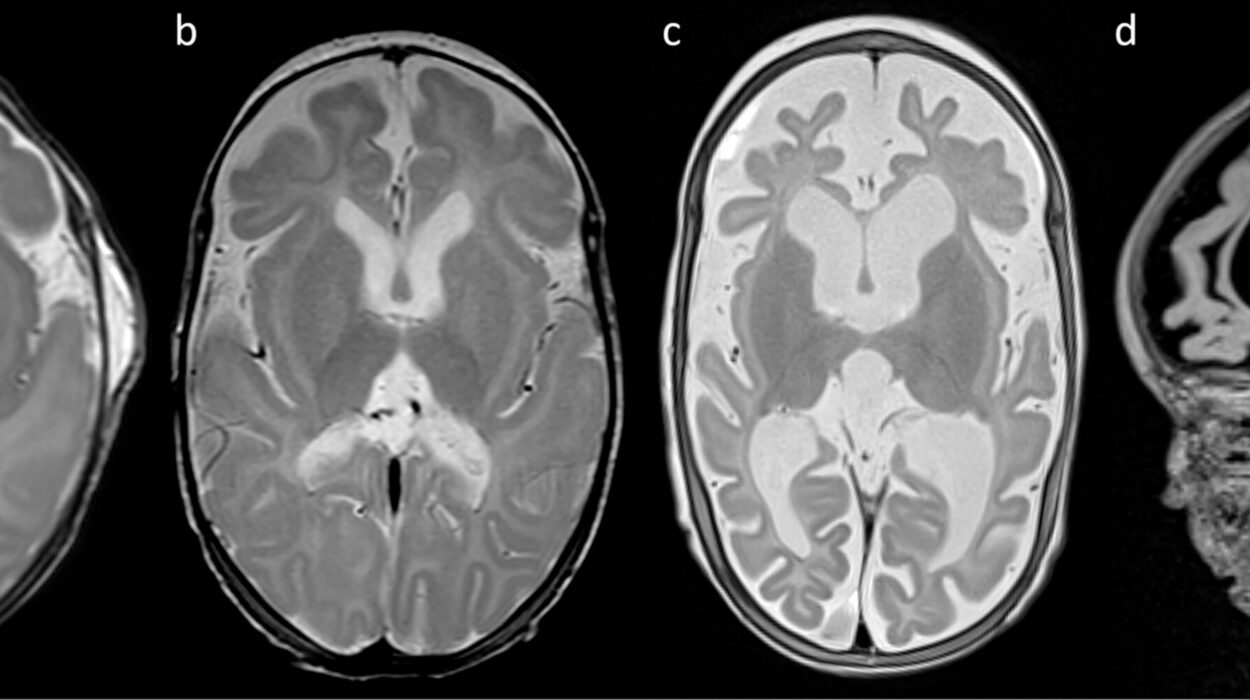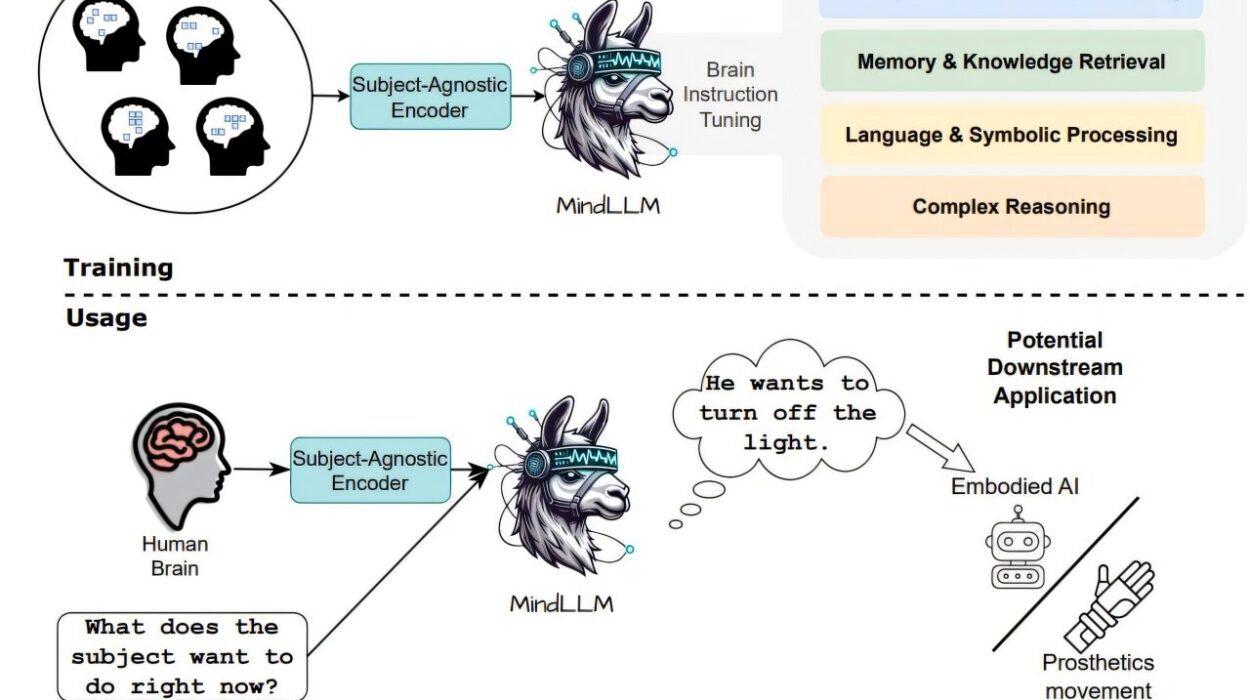In just a few short years, the psychedelic landscape in the United States has undergone a quiet revolution. Psilocybin—the naturally occurring hallucinogen found in so-called “magic mushrooms”—once relegated to the fringes of counterculture, is now experiencing an unprecedented rise in popularity and cultural legitimacy. According to a sweeping new study published in the Annals of Internal Medicine, more Americans than ever before are using psilocybin, and the momentum shows no signs of slowing down.
This transformation isn’t just anecdotal. Drawing from five of the most authoritative national data sources, researchers have uncovered a dramatic increase in both lifetime and recent psilocybin use across diverse demographics. Most striking is the surge among adults coping with anxiety, depression, and chronic pain—populations that have grown increasingly curious about alternative therapies amid mounting dissatisfaction with conventional mental health treatments.
The Rise of the Mushroom: A Shift in Culture and Science
Psilocybin has long fascinated scientists, philosophers, and spiritual seekers alike. Derived from certain species of mushrooms, this compound induces powerful shifts in perception, thought, and mood. While historically criminalized and misunderstood, psilocybin has been quietly reentering the scientific spotlight, with rigorous studies now pointing to its potential in treating depression, PTSD, addiction, and other hard-to-treat conditions.
Since 2019—the year Denver made history by decriminalizing psilocybin—there has been a seismic shift in how Americans view and use this psychedelic. The study’s co-lead author Joshua Black, a senior scientist at Rocky Mountain Poison and Drug Safety, explained that this moment marked the beginning of a cultural and policy turning point. Legal efforts in Oregon, Colorado, and a growing number of municipalities created a patchwork of relaxed regulations and a sense that the mushroom taboo was finally crumbling.
A Surge in Use, Backed by the Numbers
The data paints a compelling picture. According to the National Survey on Drug Use and Health, lifetime use of psilocybin among adults jumped from 10 percent in 2019 to over 12 percent by 2023—representing more than 31 million people. Past-year use, which provides a clearer snapshot of current trends, rose even more sharply. Among adults aged 30 and older, it soared by an astonishing 188 percent in just four years.
What’s more, these increases weren’t limited to young adults or underground psychonauts. People across a wide range of ages and backgrounds are turning to mushrooms, often in pursuit of relief from mental or physical suffering. Individuals with moderate to severe symptoms of anxiety and depression were three times more likely to have used psilocybin in the past year. Chronic pain sufferers showed similar patterns, suggesting that psilocybin is increasingly seen as more than a recreational escape—it’s a form of self-medication, fueled by hope and perhaps a bit of desperation.
Interestingly, the 2023 data also revealed that more people reported using psilocybin in the past year than reported using cocaine, LSD, methamphetamine, or illicit opioids. That finding alone repositions psilocybin as the second-most frequently used controlled substance in the U.S., behind only cannabis.
The Psychedelic Generation: Youth and Curiosity
Adolescents aren’t immune to the growing interest. The Monitoring the Future study found that past-year psilocybin use among 12th graders rose by 53 percent between 2019 and 2023. While their overall use remains relatively low—2.5 percent in 2023—the trend suggests a growing cultural presence. Psilocybin is increasingly visible in media, music, social platforms, and online communities, where its reputation as a potential mental health tool competes with its longstanding image as a psychedelic relic of the 1960s.
These youth trends also raise challenging questions about safety, perception, and access. As legal barriers erode and discussions about therapeutic use go mainstream, the lines between clinical promise and casual experimentation blur—especially for curious young minds still developing their emotional and cognitive maturity.
From Emergency Calls to Data Gaps: A Mixed Public Health Picture
One of the most telling—and sobering—aspects of the study was its look at healthcare-related consequences. While official hospital data showed only three emergency department visits related to psilocybin between 2015 and 2021, calls to poison control centers exploded. Between 2019 and 2023, adult-related calls jumped 201 percent. For adolescents, the increase was 317 percent. Alarmingly, calls concerning children under age 11 spiked by 723 percent.
Why such a discrepancy? The answer lies partly in the way health systems code and track drug incidents. Diagnostic categories often lump psychedelics together or fail to include psilocybin-specific data, obscuring the true frequency and nature of related emergencies. Most calls involved some level of healthcare contact, indicating that while catastrophic outcomes are rare, mismanagement or unprepared use can still lead to real consequences.
Despite this, the overall picture is not one of rampant harm or widespread ER admissions. Instead, the trend suggests a growing need for education, safety planning, and responsible use—especially as more people experiment outside clinical settings, often without guidance or support.
Healing or Hype? The Motivations Behind the Movement
What drives someone to reach for a psychedelic mushroom? Increasingly, it’s not thrill-seeking but the promise of healing. The media, podcasts, and popular science books are abuzz with stories of people who have found relief through carefully guided psychedelic experiences. From veterans easing the grip of PTSD to mothers coping with existential depression, the anecdotal testimonials are compelling—and increasingly supported by early clinical trial data.
For many, traditional therapies haven’t worked. Medications may offer only partial relief, and therapy alone can be slow or inaccessible. Psilocybin, in contrast, offers the possibility—however uncertain—of transformation. A single guided session, many report, can feel like years of psychotherapy compressed into a few hours.
However, as Karilynn Rockhill, the study’s co-lead author, cautioned, the rapid uptick in unsupervised use reveals a gap between scientific promise and public practice. “What really surprised us was how quickly these numbers changed and how many people using psilocybin had conditions like depression, anxiety, or chronic pain,” she said.
Planning the Trip: Navigating an Uncertain Future
With legalization unfolding in real time and public interest surging, the researchers emphasize the importance of preparation, education, and policy. “A main message we have for the public is: plan before you trip,” Black said. The advice may sound simple, but in a world where access outpaces understanding, it’s critical. Having a safe environment, a trusted companion, and realistic expectations can dramatically reduce the risk of negative experiences.
The study highlights an urgent need for smarter public health strategies. This includes better surveillance of psychedelic use, clearer hospital protocols, and community education campaigns. Just as cannabis legalization required years of adjustment, the psilocybin era will demand thoughtful planning—from trip-sitters to policymakers.
Equally pressing is the need for further research into psilocybin’s real-world safety and effectiveness. While clinical trials in controlled settings offer promising data, community use is far more unpredictable. Future studies may need to explore how psilocybin functions outside the lab—on living room couches, in group retreats, or as part of underground therapy circles.
A Psychedelic Crossroads
America now stands at a psychedelic crossroads. With more people turning to psilocybin than ever before, the drug’s transformation from outlawed taboo to mainstream therapy is well underway. What was once whispered about in hushed tones is now discussed openly in health magazines, TED Talks, and dinner table conversations.
Yet, this openness brings both opportunity and risk. The wave of enthusiasm must be tempered with caution, nuance, and humility. Psilocybin is not a cure-all, nor is it free from danger. Its power lies in its ability to open doors—but those doors lead to unknown landscapes that require preparation, insight, and often guidance to navigate safely.
The mushroom boom is more than just a drug trend—it’s a social experiment unfolding in real time. How it unfolds will depend on the choices we make now: to invest in science, to educate the public, and to treat this powerful tool with the respect it deserves.
